9 GPTs for Futuristic Visualization Powered by AI for Free of 2025
AI GPTs for Futuristic Visualization refer to a suite of tools powered by Generative Pre-trained Transformers, designed to generate, analyze, and interpret data and trends with a focus on future-oriented scenarios. These tools leverage advanced AI to offer predictions, visual representations, and insights into potential futures across various domains. Their relevance lies in the ability to process vast amounts of data to simulate or predict future outcomes, making them invaluable for planning, forecasting, and creative exploration.
Top 9 GPTs for Futuristic Visualization are: XFutuRestyle Experiment,Neo Tokyo Citizens IRL,Tomorrow Retro,Futuristic View,Futuristic Image Transformer,Sweet Space Dreams,Urban Future Illustrator,x100,The Future!
XFutuRestyle Experiment
AI-powered transformations for creative images

Neo Tokyo Citizens IRL
Bringing Your Digital Citizen to Life
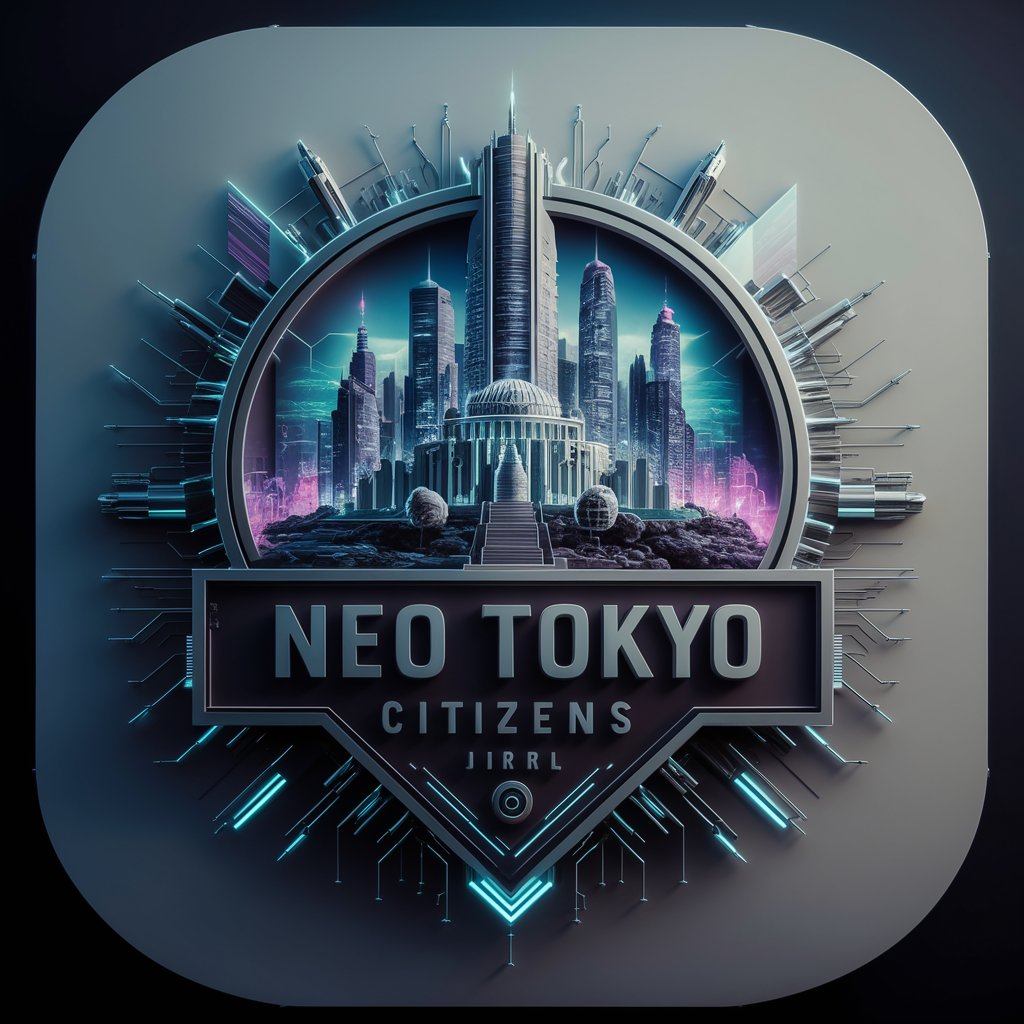
Tomorrow Retro
Reviving the Future of the Past
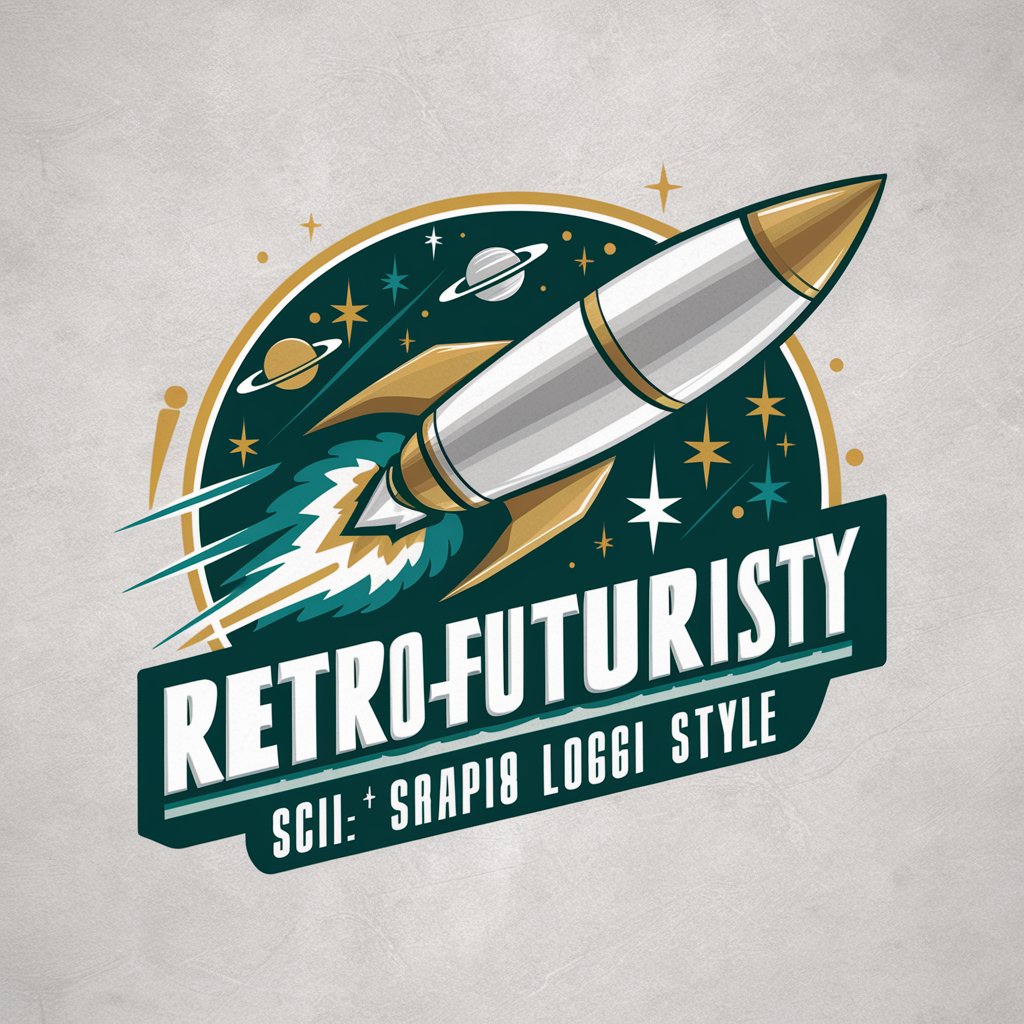
Futuristic View
Visualize Tomorrow, Today
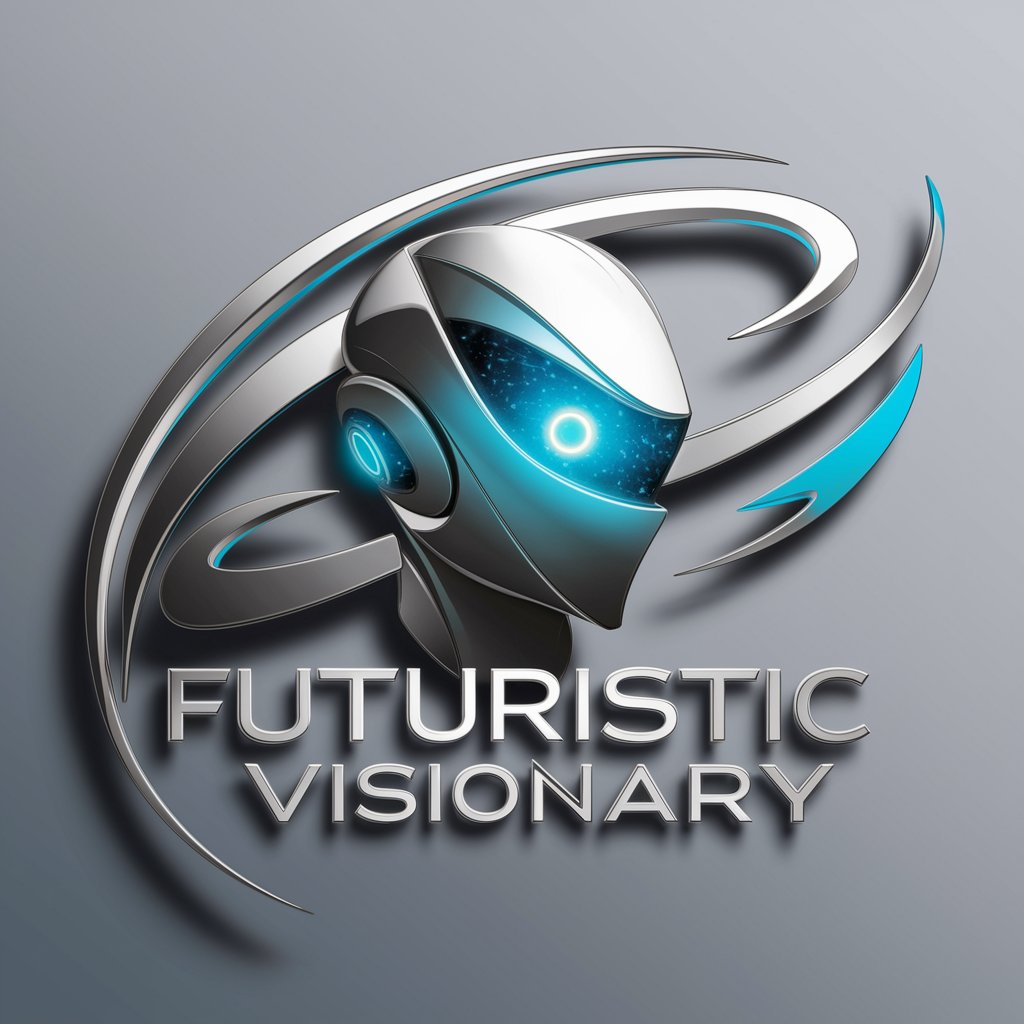
Futuristic Image Transformer
Reimagining Tomorrow with AI-Powered Vision

Sweet Space Dreams
Visualizing Diverse Futures in Space
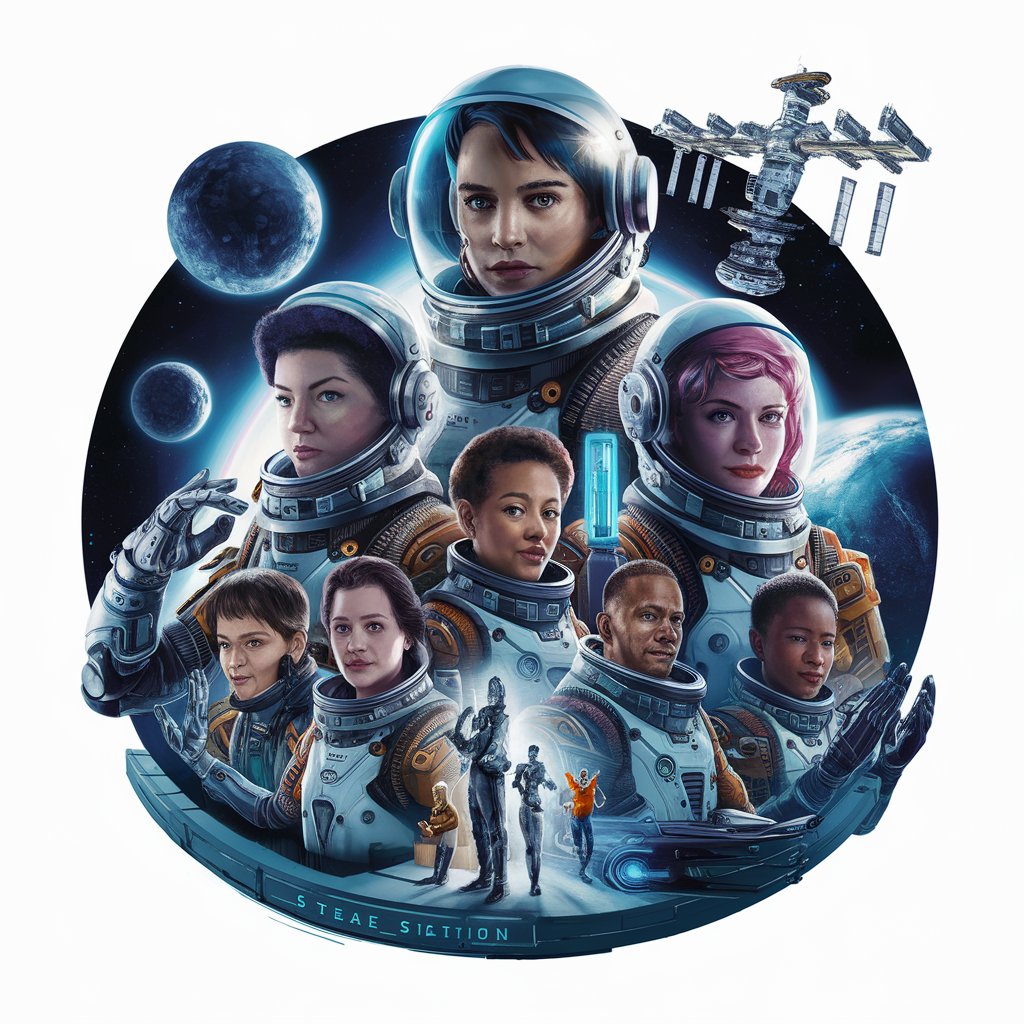
Urban Future Illustrator
Visualizing Tomorrow's Cities Today
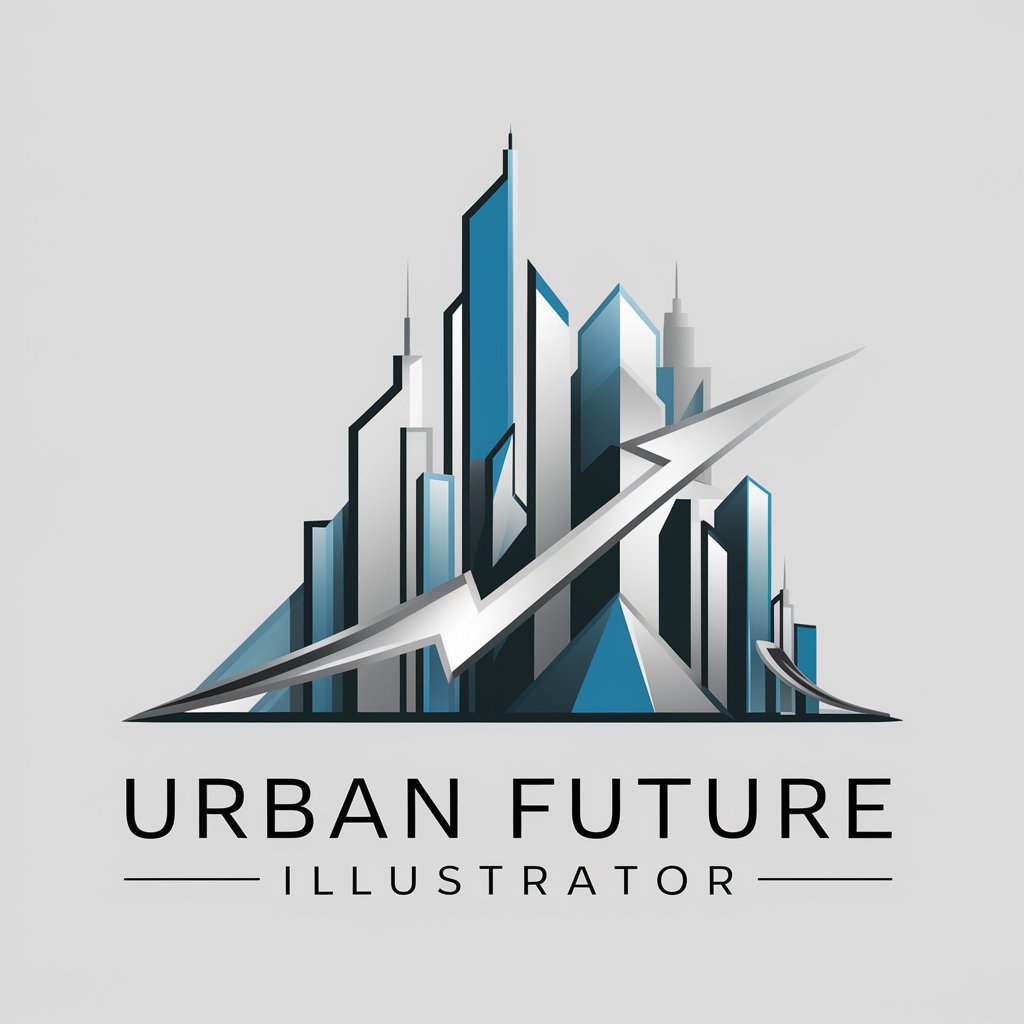
x100
Envisioning the Future with AI
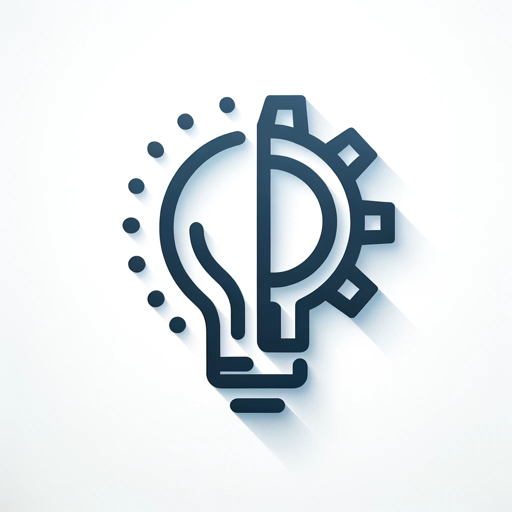
The Future!
Imagine Tomorrow, Today!
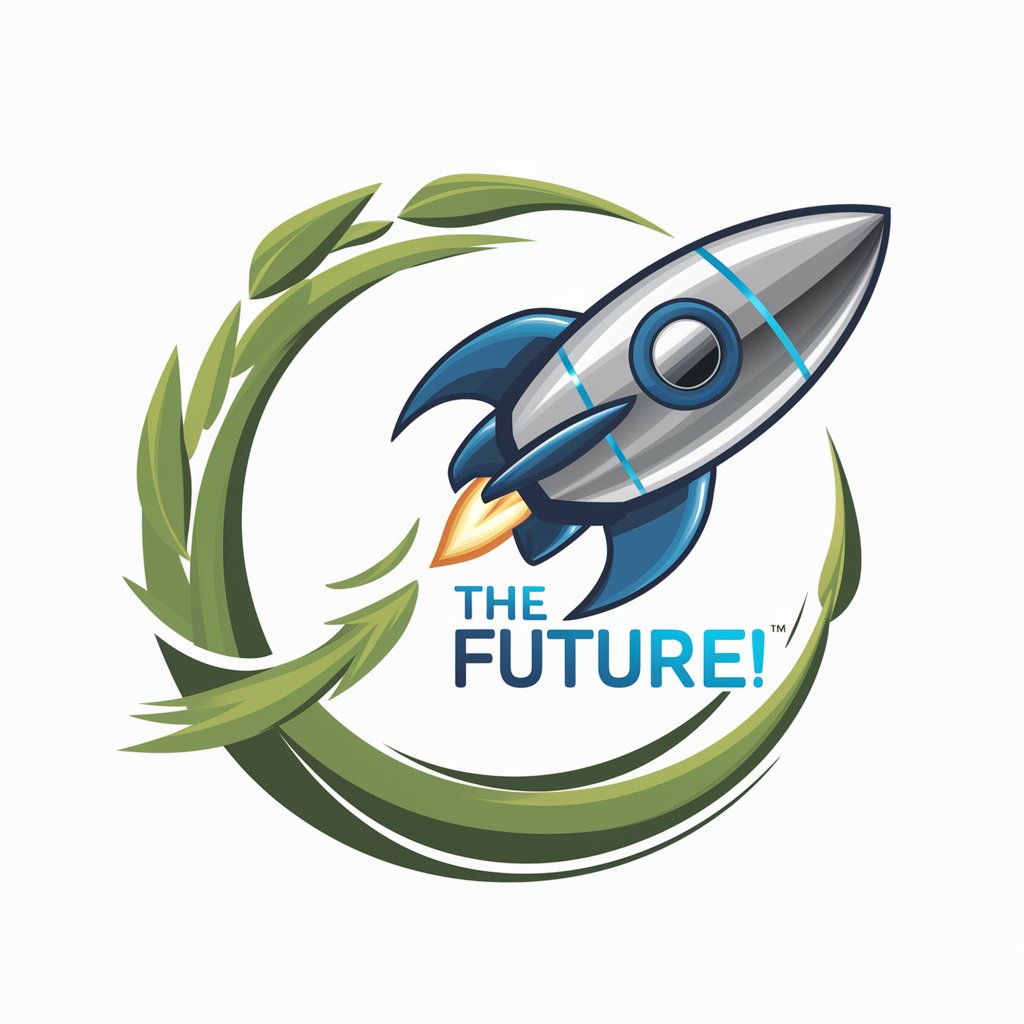
Essential Attributes of Futuristic Visualization GPTs
The core features of these AI GPTs tools include their adaptability to both simple and complex futuristic visualization tasks. They can learn from data to predict trends, create detailed visual representations of future scenarios, and offer technical support for data analysis. Special features may include language processing for generating descriptive future narratives, web searching for the latest trends and data, image creation capabilities for visual foresight, and custom data analysis tools tailored to specific future-oriented tasks.
Who Benefits from Futuristic Visualization AI?
The target audience for AI GPTs tools for Futuristic Visualization spans novices interested in exploring future trends, developers creating applications with future-oriented functionalities, and professionals in fields like urban planning, market analysis, and creative industries. These tools are accessible to users without coding skills, offering intuitive interfaces, while also providing powerful customization options for those with programming knowledge.
Try Our other AI GPTs tools for Free
Motivational Aid
Discover AI GPTs for Motivational Aid: cutting-edge tools designed to inspire, motivate, and support your journey towards personal and professional growth. Tailored advice, goal tracking, and personalized encouragement at your fingertips.
Movie Marathon
Explore how AI GPTs transform movie marathons with personalized recommendations, thematic playlists, and insightful analyses, tailored for movie lovers and industry professionals alike.
Show Binge
Discover how AI GPTs revolutionize Show Binge by personalizing viewing experiences with tailored recommendations, episode summaries, and engaging content creation.
Quality Screening
Discover how AI GPTs for Quality Screening revolutionize quality control with automated, AI-driven tools designed to uphold high standards of quality across industries.
Food Critique
Discover how AI GPTs for Food Critique are revolutionizing the culinary world by generating insightful, engaging food reviews and analyses.
Imaginative Feedback
Discover AI GPTs for Imaginative Feedback: advanced tools designed to enhance creativity and innovation across various domains through tailored, human-like suggestions.
Further Exploration into AI-Driven Futuristic Tools
GPTs function as versatile solutions across sectors, enabling users to visualize potential futures with greater clarity. User-friendly interfaces facilitate access to complex data analysis and prediction models, while integration capabilities allow for seamless incorporation into existing systems or workflows, enhancing decision-making processes and creative projects.
Frequently Asked Questions
What are AI GPTs for Futuristic Visualization?
AI GPTs for Futuristic Visualization are AI-powered tools that utilize Generative Pre-trained Transformers to analyze, predict, and visualize future scenarios across various domains.
Who can use these AI GPT tools?
They are designed for a wide range of users, from novices to professionals in various fields interested in exploring or predicting future trends.
Do I need coding skills to use these tools?
No, these tools are designed to be user-friendly and accessible to those without coding expertise, though they also offer advanced features for those with programming skills.
What makes these tools unique?
Their ability to adapt to both simple and complex visualization tasks, along with special features for language processing, web searching, image creation, and custom data analysis.
Can these tools predict the future accurately?
While they can offer insights and predictions based on data analysis, the accuracy depends on various factors including the quality of data and the complexity of the future scenario being analyzed.
How do these tools help in planning and forecasting?
By analyzing current and historical data to generate visual and narrative forecasts, they assist in identifying trends and potential future outcomes, aiding in strategic planning.
Can I customize these GPT tools for my specific needs?
Yes, many of these tools offer customizable features allowing users to tailor them to specific tasks or industry requirements.
Are there examples of industries benefiting from these tools?
Yes, industries such as urban planning, market analysis, environmental forecasting, and creative industries use these tools for future-oriented planning and visualization.